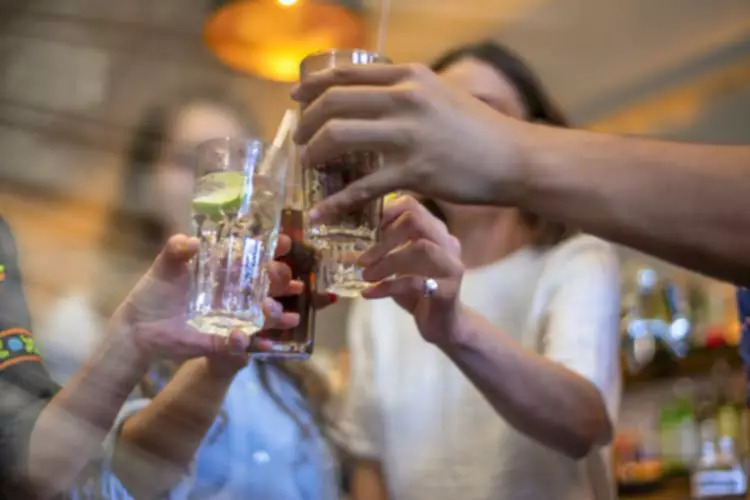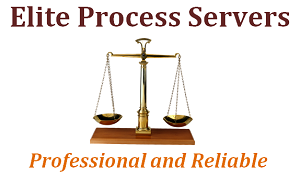- Contact us
- +91-9999823664
- [email protected]
Why Do Alcoholics Crave Sugar? The Science Behind the Cravings
We Bet Ne Demek Türkçede Anlamı ve Kullanımıyla Günlük Hayatta Nasıl Yer Alır
December 21, 2024Slottica Bonus Za Rejestracje Live Casino Promo
December 23, 2024Why Do Alcoholics Crave Sugar? The Science Behind the Cravings

Dopamine’s tonic-nonsynaptic actions modulate the release of other neurotransmitters (acetylcholine, glutamate, and gamma-aminobutyric acid) by dopaminergic and nondopaminergic neurons. Activation of extrasynaptic D1 receptors enhances neurotransmitter release, while activation of extrasynaptic D2 receptors reduces neurotransmitter release. Moreover, dopamine’s phasic-synaptic actions modify the sensitivity of target neurons to other neurotransmitters, particularly glutamate. It’s characterized by an inability to control drinking habits, despite negative consequences, and wanting to quit despite being unable to.
- For example, eating too much sugar can lead to weight gain, which can be difficult to lose once sober.
- For further reading on alcohol and its effects, refer to our articles on what is alcohol and how alcohol affects your liver.
- This can lead to medical complications, increasing the risk of type 2 diabetes and other cardiovascular diseases.
Sugar Cravings in Alcohol Use Disorders: The Science Behind
Alcohol can interfere with blood sugar levels as well as the hormones needed to maintain them. People who frequently consume a lot of alcohol can deplete their energy storage within a few hours. Over time, excessive alcohol consumption can diminish the effectiveness of insulin, leading to high blood sugar levels. Many individuals with alcoholic liver disease also have glucose intolerance or diabetes 4. The concept of ‘sweet liking’ refers to an individual’s preference for sweet tastes, which can be heightened in alcohol use disorder.
Southeast Addiction Editorial Guidelines
Alcoholics crave sugar because their bodies are used to the dopamine spike caused by drinking. Managing addiction cravings is crucial, as individuals might turn to sugary alternatives as coping mechanisms. Indeed, research shows that addictions to substances other than alcohol can also lead to sugar cravings. This highlights the significance of not only focusing on abstinence from alcohol but also fostering healthy lifestyle habits that promote overall well-being. why do alcoholics crave sugar These lifestyle changes can contribute to overall well-being and stability in recovery 3.

How to identify and avoid enablers in recovery

Specifically, alcohol stimulates the activity of dopamine-releasing neurons in the brain, particularly in a region known as the nucleus accumbens (NAc). This action contributes to the rewarding effects of alcohol and promotes continued alcohol consumption. With dedication https://ecosoberhouse.com/ and these helpful tips, managing your sugar cravings in recovery is achievable. Sugar affects the brain’s neurotransmitters, similar to the dopamine rush caused by drinking. This can lead to medical complications, increasing the risk of type 2 diabetes and other cardiovascular diseases.
- Incorporating these lifestyle changes can be an effective strategy in managing sugar cravings and maintaining sobriety.
- Sufficient sleep is also crucial as lack of sleep can lead to increased cravings for sugar.
- Excessive sugar intake can lead to weight gain, spikes and crashes in blood sugar levels, irritability, and fatigue.
- Adopting healthy lifestyle habits can significantly reduce the risk of sugar cravings.
- Understanding the relationship between alcohol and sugar cravings is crucial in developing effective strategies to manage these cravings.
- However, there are several other genes, such as GABRA2, CHRM2, KCNJ6, and AUTS2, that contribute to the likelihood of developing alcohol dependence.
- Many of these tips are the same tips for a healthy lifestyle in general, but that makes sense.
- This is because of the strong connection between the cravings for sweet foods and addictive behaviors.
Many of these tips are the same tips for a healthy lifestyle in general, but that makes sense. If you’re healthy overall, you’ll reduce cravings because your body is working properly. Things like eating right, exercising, and getting enough sleep can help you feel good all the time and without the highs and lows of alcohol abuse— and sugar.

When they cut back or quit, their bodies crave the sugar rush they experienced when drinking. Sustainable recovery is possible and the best version of marijuana addiction youself awaits at our Atlanta and Savannah, Georgia addiction recovery center. We’ll give you skills to discover your self-worth and show you the tools for a life of hope and promise. Alcohol initially boosts dopamine levels, which produces a feeling of relaxation and happiness. However, as a person drinks more and more over time, the brain adapts to the dopamine rush. We take care of your physical, mental and emotional health to help you achieve long lasting recovery.

Methamphetamine users, in particular, show higher sugar intake levels than the rest of the population. Methamphetamine use can reduce blood glucose levels, driving people toward sugary foods or drinks. Recovering alcoholics often crave sugar due to the neurological changes that occur during long-term abuse of alcohol. While it can be challenging to break this craving, there are various strategies and lifestyle modifications that can help recovering alcoholics curb their cravings for sugar. Alcohol consumption can lead to dangerously low blood sugar levels because the liver prioritizes removing alcohol from the blood over managing blood sugar levels. This can result in alcohol-induced hypoglycemia, a condition where blood sugar levels drop beyond the normal range.
